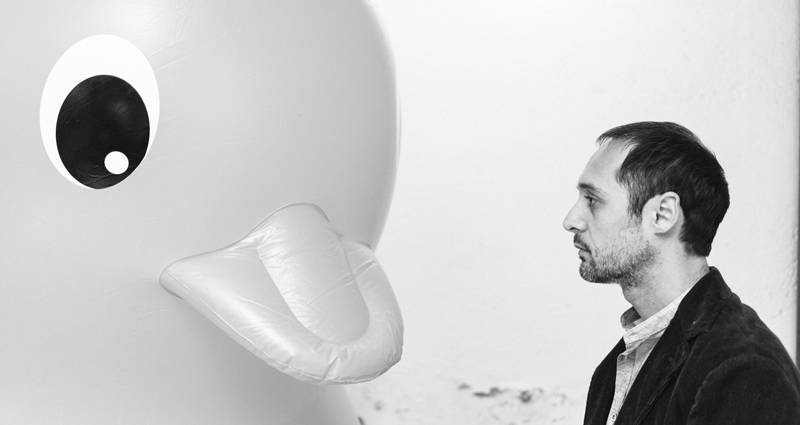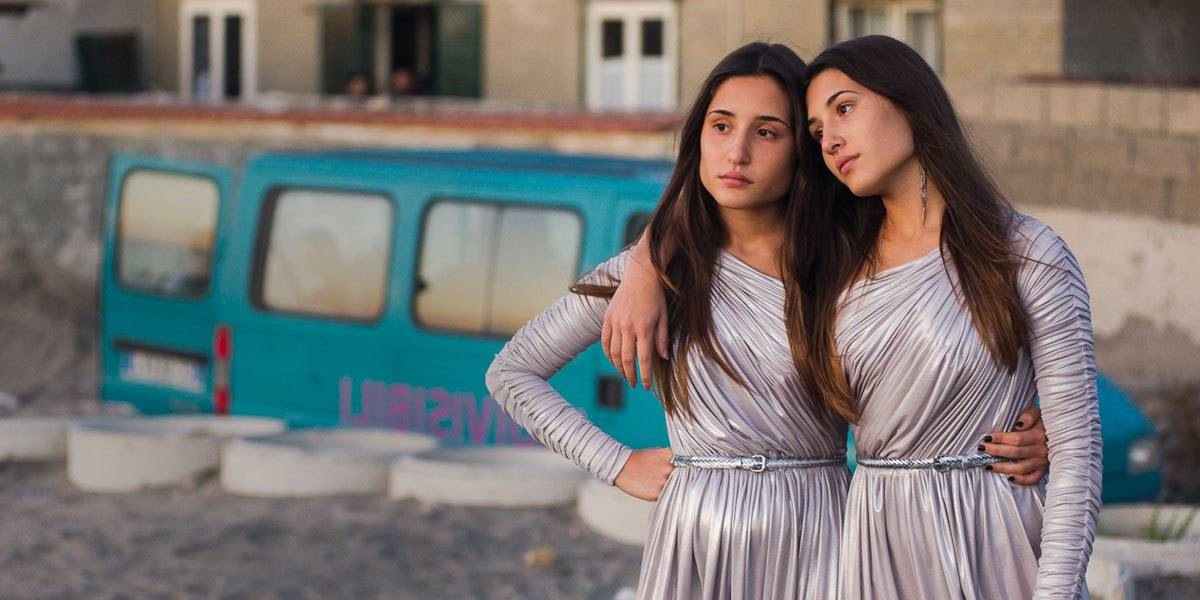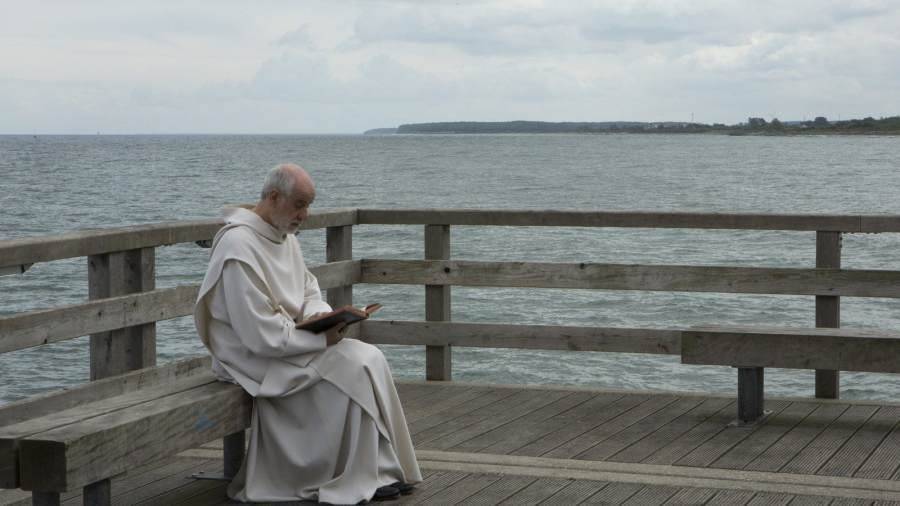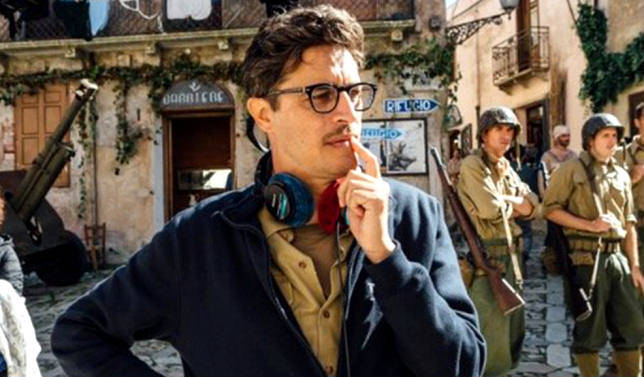Open Roads 2017: the Present of Italian Cinema
Organized by Istituto Luce-Cinnecittà in collaboration with Film Society of Lincoln Center, Open Roads has become a tradition through the years and an important occasion for both key players in Italian cinema and for anyone who is passionate about Italian film. It’s a unique chance for Italian cinema to meet the cosmopolitan American public. The selection this year presents a range of themes, of genres, and of styles that describe an Italy that feels a strong need to communicate its artistic individuality, and, at the same time, welcome diversity and the prospect of an ever-globalizing social reality. When looking at the Open Roads’ program, it’s evident how much Italian cinema maintained its unique and unmistakable characteristics, which shaped modern cinema.
Contemporary Neorealism
The neorealism avant-garde is still alive, a 2017 neorealism. It’s evident in Edoardo De Angelis’ film that opened the festival, Indivisible. The film won 6 David di Donatello and is now a candidate for three 2017 Golden Globes including best film. The movie already made itself known among both international critics and the public alike at the 73rd Venice Film Festival and at the Toronto International Film Festival. The film presents us with the hard and intense truth of the suburbs of Naples, with the story of two Siamese twins (the stunning debut of Angela and Marianna Fontana), who are gifted with musical talent, but then transformed into a traveling freakshow. Neorealism is painted with symbolic, evocative images that transcend into a magical realism that transforms the two twins into an icon of hope for the public that seeks and venerates them. The imagery clashes with the human condition of the two girls whose internal journey is the search for their own individuality, a desire for normality and for youth, which is negated by their family who wants to use them for gain.
We talked with Edoardo De Angelis about the dichotomy between realism and symbolism: “From an esthetic point of view, in the eternal debate between realism and magical representation, I try to portray a form of truth. It’s a method that begins with a deep investigation of reality but that doesn’t always accept the representational limits of realism. Sometimes, in order to tell a truth, the image needs to be reformed and made symbolic, it needs to become poetry.”
In Indivisible, archaic symbols and contemporary representations coexist in the attempt to grasp the true nature of a situation that is never only contemporary. “If you follow contemporaneity, you risk showing the world in a way that immediately gets old,” De Angelis told us, “the moment in which I’m telling you something that’s extremely contemporary, as in a newspaper, that page will be old the day after. The copresence of old, modern, and futuristic elements is functional. If you’re able to include the past with the present and the future in a single frame, you offer a more honest form to a true representation. Life is nestled in the precarious balance between present and future.”
In this search between realism and imagination, the musical comment from Enzo Avitabile, another key player in the story, also has a hand. “We decided to work with Enzo Avitabile on two fundamental elements. Percussion, which represents the terrestrial element, and the horns, which represent a more transcendental aspect. The screenplay followed the score, and the score followed the screenplay.”
Regarding his trip to the United States, De Angelis was excited to have the occasion to present the film here at its New York premiere: “One of my desires is definitely to see my films distributed in the States. I believe this audience, particularly the one in this historic moment, can be very sensitive to the idea of freakshows."
At the heart of neorealist traditions, Claudio Giovannesi’s new film Fiore also stands out. It won over the both audiences and critics, and received various nominations–both at the David di Donatello and Nastri d’Argento awards. It’s a bittersweet story of girl held in a youth prison as she finds love with another inmate, who is played by Valerio Mastandrea who delivers a stunning interpretation. The Roman suburb is the main character, a suburb that, in its inescapable hardness, discovers its poetry.
The Novel-esque and the Genre Films
From a neorealist rediscovery to a more fictionalized narrative structure, perhaps more classic in the literal sense of the word. The Confessions by Sicilian director Roberto Andò begins with a realistic scenario: a G8 summit in a luxury hotel, organized by economic ministers involved in approving secret financial legislation. The absolutely plausible events are tinged with hints of mystery when a monk (Toni Servillo), who received a special invite to the meeting, hears an important confession from one of the G8 members, who revealed a destabilizing secret shortly before killing himself. The monk invades in as a silent figure, a sentinel in the dark of the ministers’ consciences, one who guides them to face their demons and to consider their ethics. The protagonists are literally “naked,” undressed from their institutions to remain nude in front of their inhumanity.
“The monk is a unique figure, who is not aligned with the church’s central power. He’s a eclectic figure,” Andò explains. “Monks take a real vow of poverty and give up material possessions. The film puts together the two opposing worlds in a realistic state because it often happens that outside people are invited to these meetings. The monk is the one who makes these ministers feel uneasy. He has their backs against the wall but not in a preachy way. He simply is how he is, with his silence that becomes key to reading the film.”
The Sicilian director has a strong literary background. He’s strong in fiction writing, but also strong in reporting, giving his stories a journalistic spin. This journalistic style was influenced by some important models like Sicilian writer Leonardo Sciascia and director Francesco Rosi. Andò takes advantage of the novel-esque style to examine reality.
“Films are born from a narrative aspect. At times this aspect disappears in films that are not remembered for the plot but rather for an esthetic that is perhaps more important. Instead, in this film, there’s a story. The story has a particular structure because it’s set in one place, this hotel, which also becomes a character. Italy definitely has a strong neorealist heritage, but aside from this, there was always a fictional line that doesn’t want to exclude reality but that goes inside reality and adds the element of the hypothetical. This creates the novel.”
The film will be released in the United States in July, and it carries a strong message that acts as a mirror for many of the recent political and economic transformations facing the world and America in particular. It’s an important point of reflection for the American public.
With a strong narrative structure and use of a genre from undertones of horror combined with absurd implications are Marco Bellocchio’s Sweet Dreams and Andrea De Sica’s debut with Children Of The Night. The latter is an educational journey that shows a sentimental coming of age story. It is as classic in its intents as it is transgressive in its tone and execution.
Italian-style Comedy and Documentary
There is also space for Italian-style comedy reinterpreted with originality and tragicomedy by Pierfrancesco Diliberto, known also by his stage name Pif. He returns to speak about the mafia after the great success of La mafia Uccide Solo D'Estate. At War with Love deals with an important chapter in Italian history–the Second World War and the landing of the Allies in Sicily. The film examines the collaboration between the Americans and the Sicilian mafia. The subject is lightened by a love story–the motivating factor. There are some important reference models, from Alberto Sordi in Finchè C’è Guerra C’è Speranza to Benigni’s La Vita é Bella. The liveliness between irreverent irony and dreamy disenchantment are convincing in this second director’s test for the Sicilian television host who, more than ever, is commandeering his own personal style. The Italian documentary genre is represented at Open Roads by Deliver us/Libera nos by Federica Di Giacomo, a controversial treatise on the phenomenon of exorcist priests, which focuses more on the social aspect of the cases and on the “business” of the exorcist priests, rather than on the folkloristic sensationalization of the practice.
Among comedy, grotesque, and experimental cinema, Ears/Orecchie by Alessandro Aronadio also stands out. It’s not by chance that in 2016 it wowed audiences in Venice, and it’s continuing its surprising success. Here, cinema is the apex of an expressive form. It’s the expressive potential of the movie vehicle that constructs a photogenic narration. The use of black and white and of a visible format that broadens with the passing of time tell the story of a tired and bored philosophy teacher, who suddenly wakes up with a goal–to decipher a message that talks about the death of his friend Luigi, a friend whose existence he doesn’t really know. Between nonsense and surreal games, the protagonists journey, interpreted with Daniele Parisi’s great prowess, is, in reality, an internal journey to discover his true self.
Stay tuned for i-Italy's upcoming video interview with Pif on his movie At War with Love. The interview will air this Sunday, May 11th on NYC Life Channel 25 (HD ch 525)












































i-Italy
Facebook
Google+
This work may not be reproduced, in whole or in part, without prior written permission.
Questo lavoro non può essere riprodotto, in tutto o in parte, senza permesso scritto.